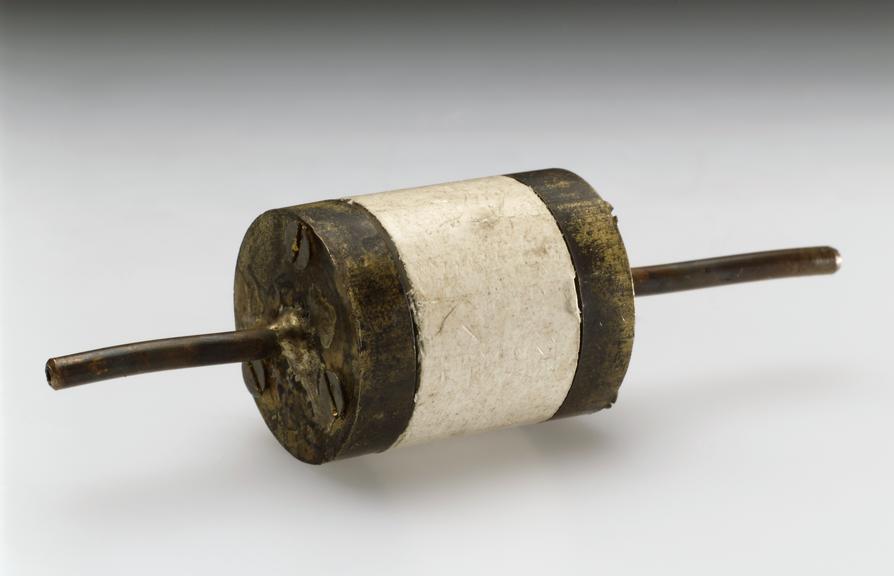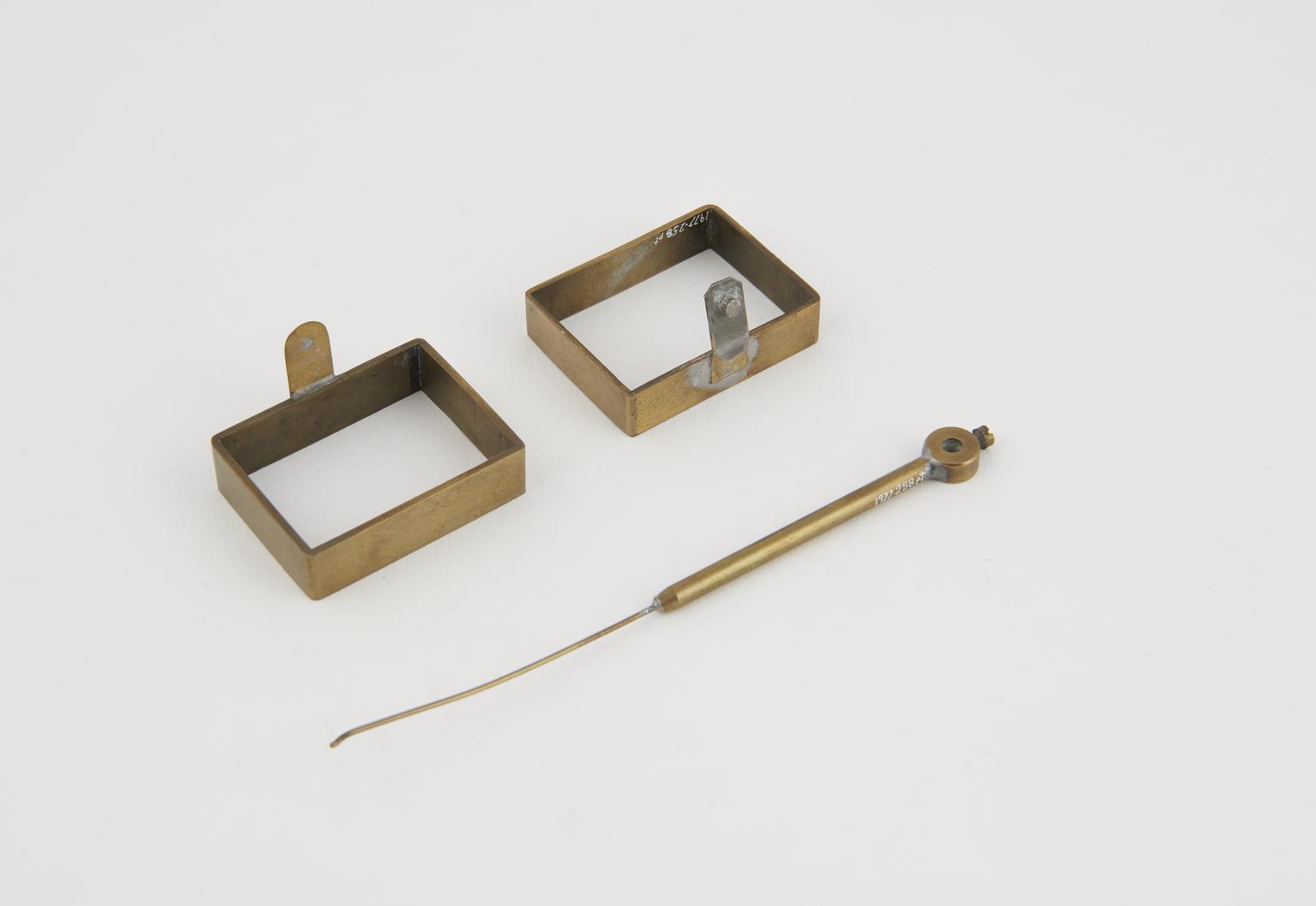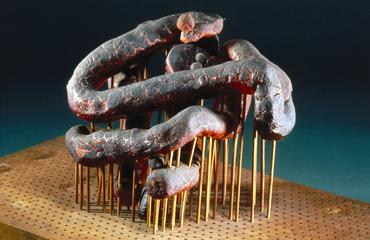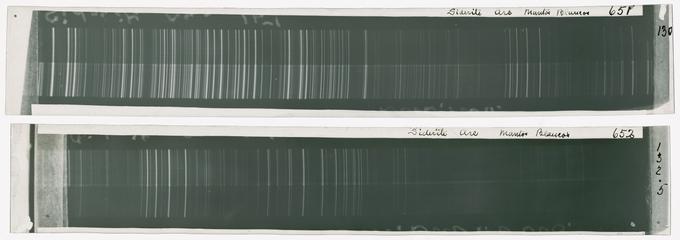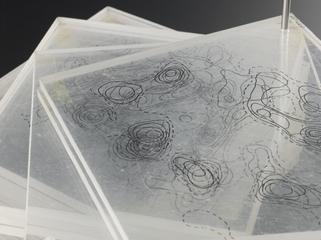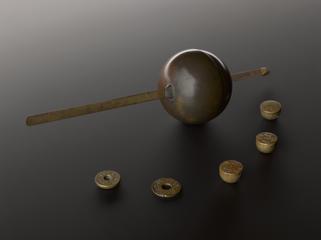Electron Capture Detector
Electron capture detector for gas chromatograph, constructed by James Ephraim Lovelock and the National Institute for Medical Research, Mill Hill, London, England, 1955-1965
More
The Electron Capture Detector is so sensitive that it detects gases such as CFCs at a concentration of one part per trillion. This is equivalent to detecting one drop of ink diluted in 20 Olympic-size swimming pools. It took Lovelock around 8 years to perfect this invention. It has since been used all over the world and has been crucial in raising awareness of the extent of global air pollution
- Object Number:
- 1977-258 Pt1
- type:
- component - object
